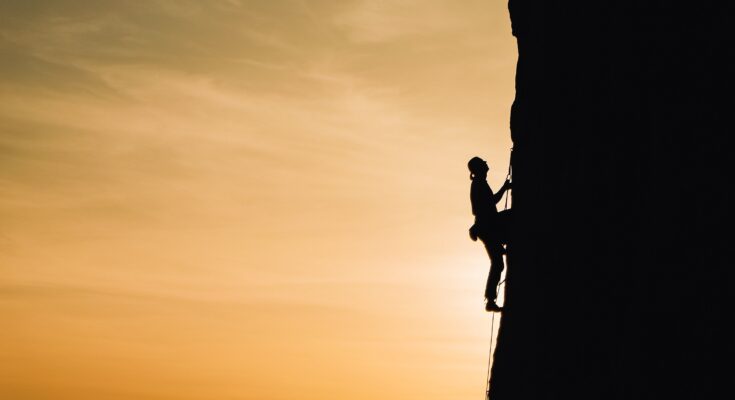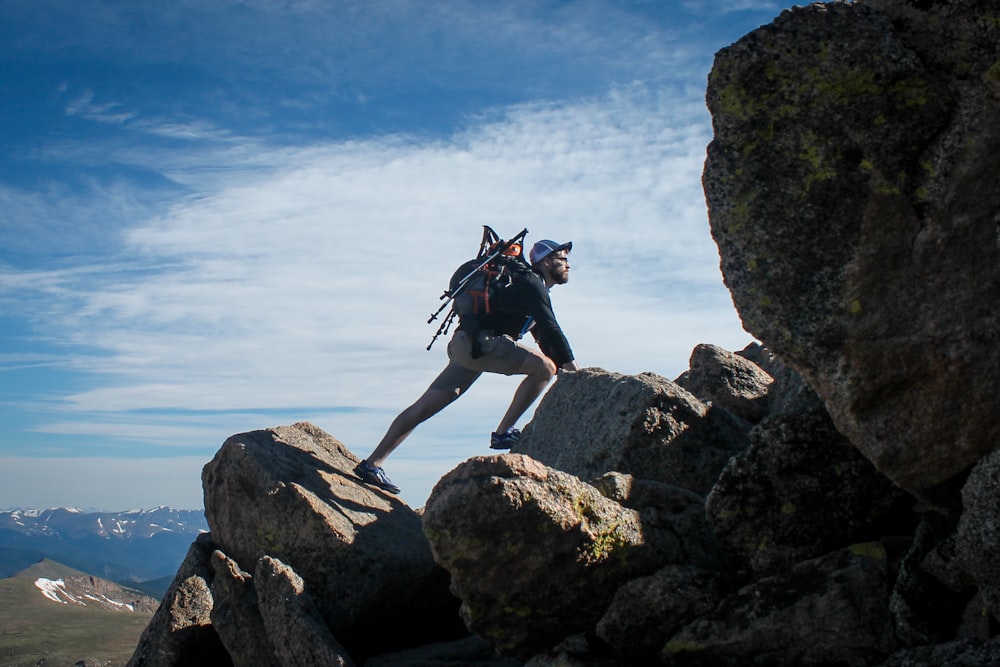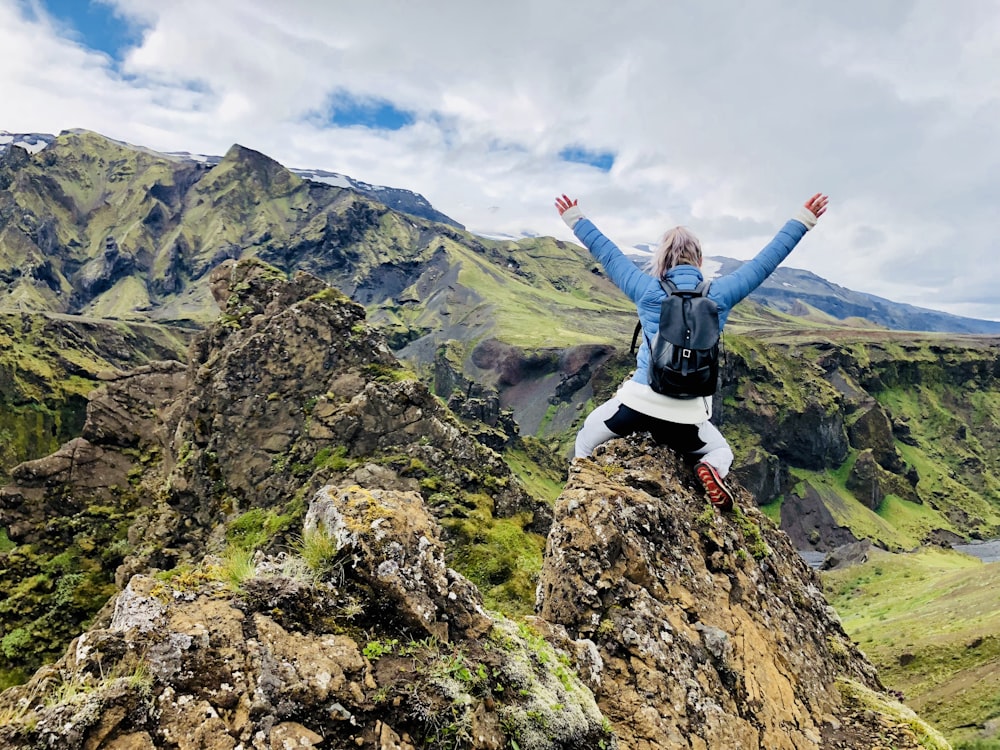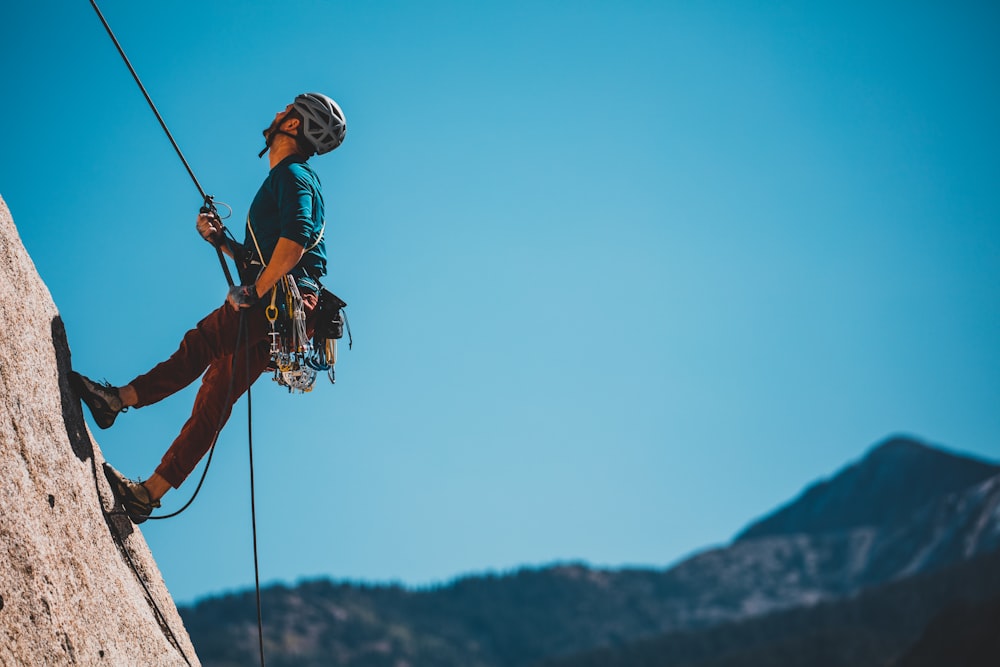Mountain climbing: Small Steps to Reach Heights
Until you’ve seen the sun from the summit of a mountain, you haven’t truly lived! When you reach the summit, you get an amazing sense of accomplishment. It is not an issue if you are a novice mountain climber. Contrary to popular belief, it’s really simple to enter into.
In little time at all, you’ll be climbing a mountaintop with the appropriate equipment and strategy. We’ve created a helpful list that you can utilize to reach the top in order to assist you in doing so.
Starting from the start: mountain climbing
Image via Unsplash.com
Seek out and enroll in any introductory courses that are offered in your region. If none are available, try searching online for virtual classes. They will provide you with some of the basic equipment and information required for a safe and effective mountain climb.
A course can also help you master the many various phrases and lingo used in mountaineering.
You can take crash courses in mountain climbing offered by the American Alpine Club at several locations across the United States.
Meet other climbers: mountain climbing
Beginners are very welcome at many clubs and regional chapters of national organizations like the American Alpine Club. To find out how to join a club in your region, search online for one. Attend meetings and group events to connect with other climbers who can offer advice and guidance when you’re getting started.
Additionally, you can search for online communities that you can join to communicate with other climbers on platforms like social media.
Work out months before
Image via Unsplash.com
Because mountain climbing requires a lot of physical exertion, increasing your strength and conditioning is an excellent method to get ready for a climb. Start your training at least a year in advance if you haven’t worked out in a long time. It might just take three to six months of training if you’re already quite active. Aim for both strength and aerobic capability, and use exercises specifically designed for climbing to replicate the types of motions you’ll encounter on the mountain.
Try running, cycling, or high-intensity interval training (HIIT) as aerobic activities. Strengthening yourself with weightlifting is a terrific idea, but if you’re not competent, train with an experienced partner to avoid injury.
Simulate mountain climbing
Put on a rucksack that is filled with weights or equipment. To improve your physical fitness and climbing muscles and to better prepare yourself for mountaineering, walk uphill while wearing a pack. To improve your alpine climbing skills, try hiking through the snow if you live somewhere with a lot of snowfall.
Find some hiking routes that you can explore in your neighborhood. It’s a fantastic way to take in the scenery while getting ready for your mountain climbing excursion.
To shake things up, incorporate hiking with a weighted pack into your overall training regimen.
Carry all the necessities while climbing mountain
Image via Unsplash.com
Look into a local mountaineering supplies store. To discover a pair of hiking boots or shoes you like, try on a few different pairs. Make sure you have a harness that fits you perfectly if you intend to climb parts of a mountain. To utilize them, you’ll also need some strong climbing ropes. Crampons are spikes that connect to your boots to increase their grip in snowy circumstances. You should also buy an ice axe.
Verify that the boots are a comfortable fit! You don’t want your feet to feel squeezed or constricted because you’ll be wearing shoes for a long period.
A waterproof membrane, synthetic material, or leather can be used to make hiking boots and shoes. While synthetic materials are lighter but may degrade more quickly, leather is more resilient and can be heavier; waterproof membranes are made to withstand water. Select the material that best meets your requirements.
Utilize rope that is graded and intended for climbing mountains. When things count most, you want to be able to rely on it.
Check route difficulty rating
The National Climbing Classification System (NCCS) and the Yosemite Decimal System (YDS) are the two primary classification systems used in North America. A “class” system is used by the YDS, with Class 1 being the easiest and Class 5 being the most challenging. The NCCS employs a “grade” system and bases it on the anticipated length of a climb. While Grade VII is the hardest and requires scaling massive alpine walls, Grade I is the easiest and should take less than half a day to complete. Select a route based on the level of experience you have.
For example, if mountain climbing is new to you, stick to Class 1 or Grade I route.
Areas with special permission
Image via Unsplash.com
To find out what licenses and costs are necessary, get in touch with the park ranger’s office or visit their website. To enable you to concentrate on climbing when you get to the mountain, make sure you pay the price and obtain the permit beforehand.
Most parks take online payments.
Save your receipt in case you ever need to prove to someone that you were the recipient of the needed payment.
Camping at mountain
Contact the park ranger’s office or check their website to see what fees and licenses are required. Make sure you pay the fee and get the permit in advance so that you can focus on climbing when you arrive at the peak.
Most parks accept payments online.
Keep your receipt handy in case you ever need to provide evidence to someone that you received the required payment.
Learn as much as you can
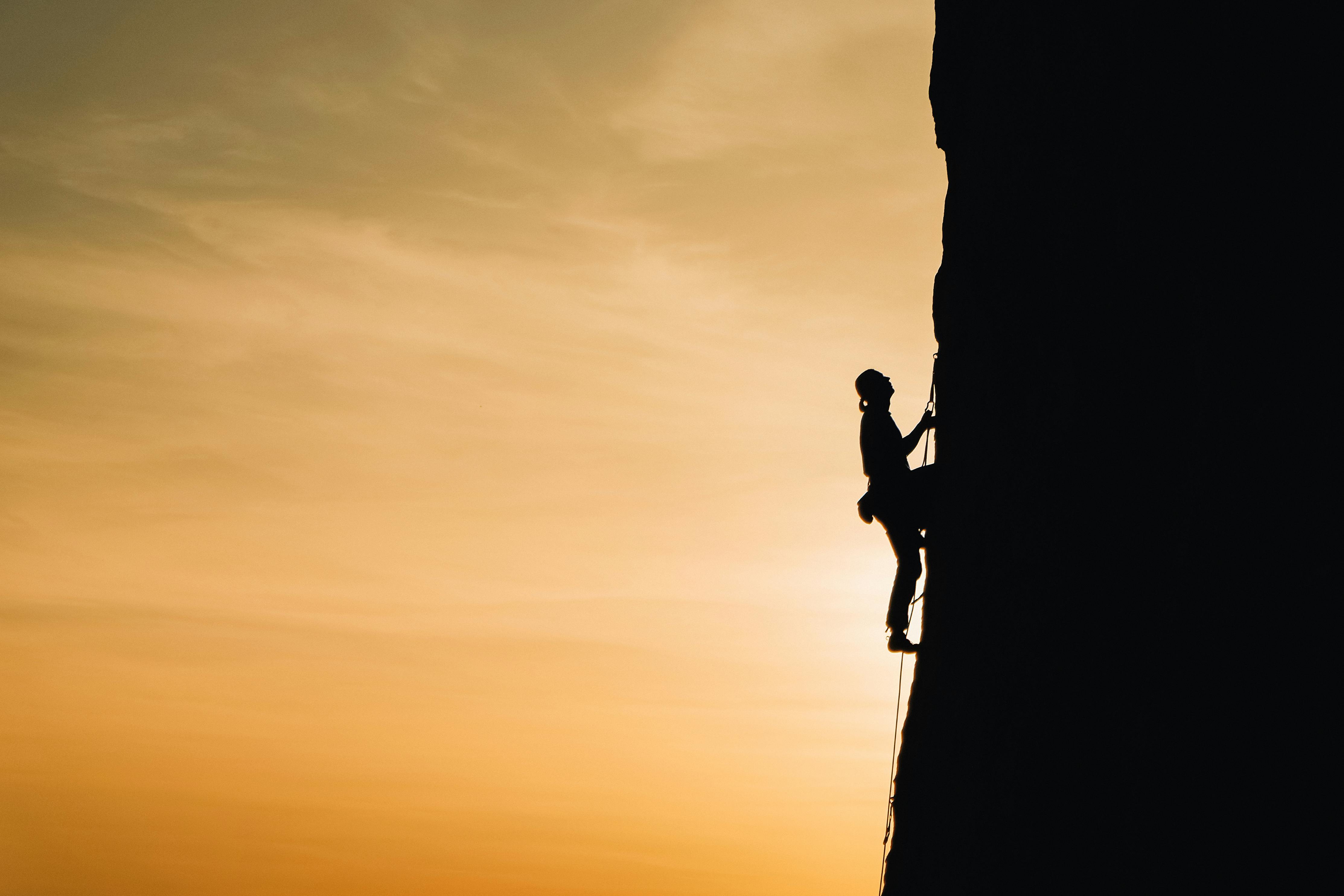
Image via Pexels.com
If you can, ask to climb with other, more seasoned climbers. They may help you make sure you’re doing things correctly, respond to inquiries, and offer advice on how to get better at climbing. Benefit from their expertise! Observe their actions, probe with inquiries, and take in as much information as you can.
Ask an experienced climber why they seem to be moving more slowly than you anticipate, for example. They might be taking it slow to conserve energy.

